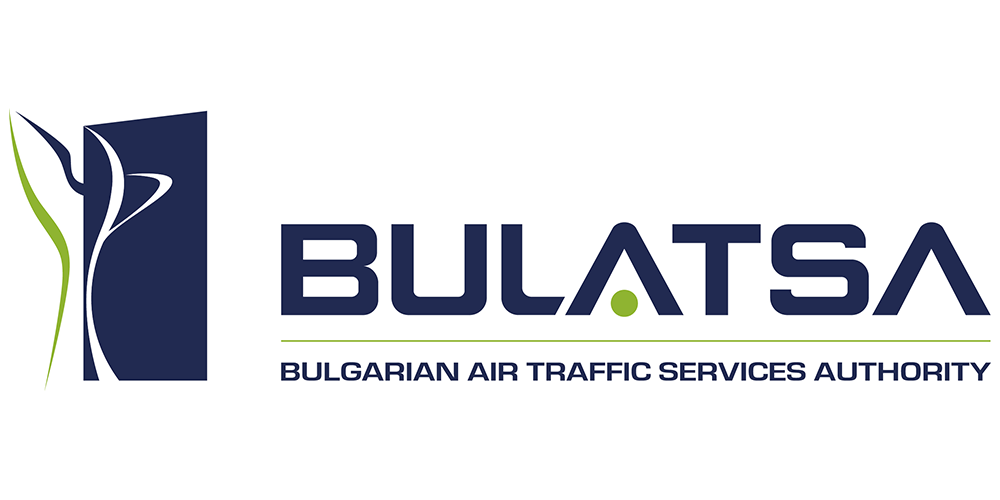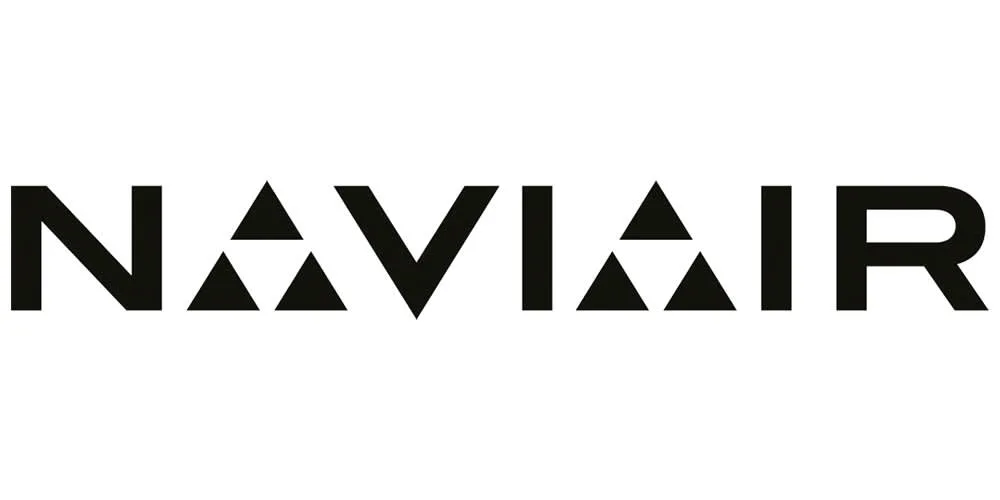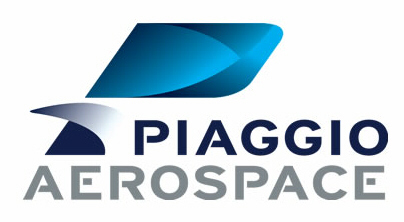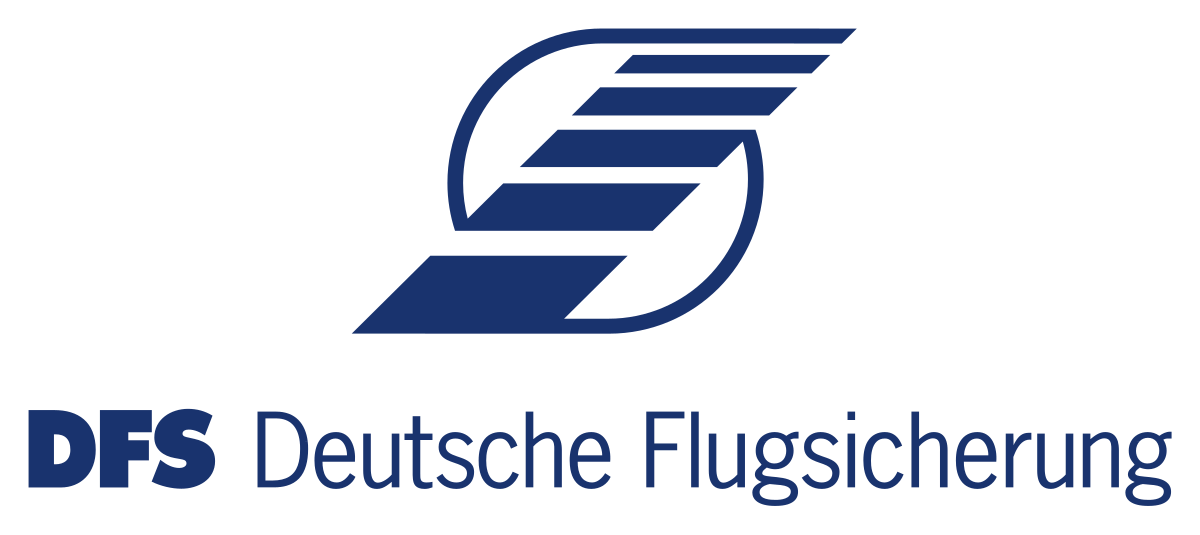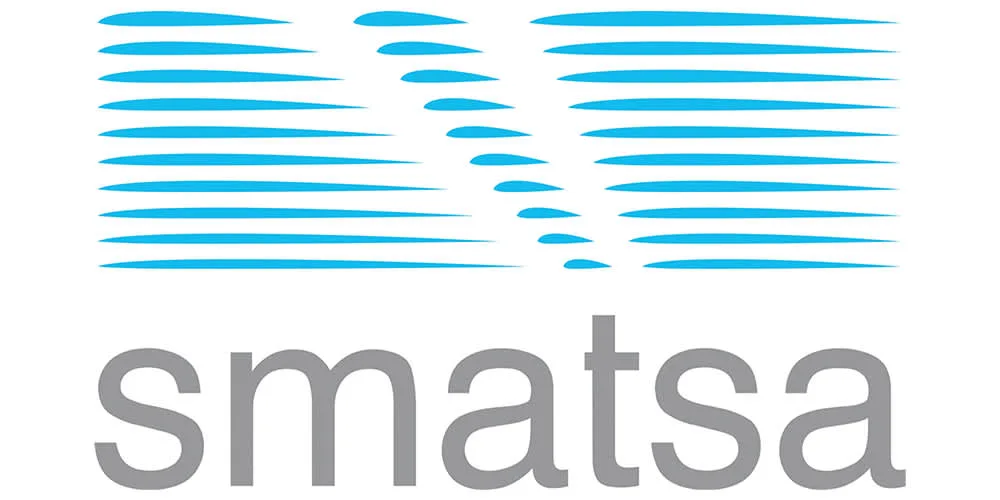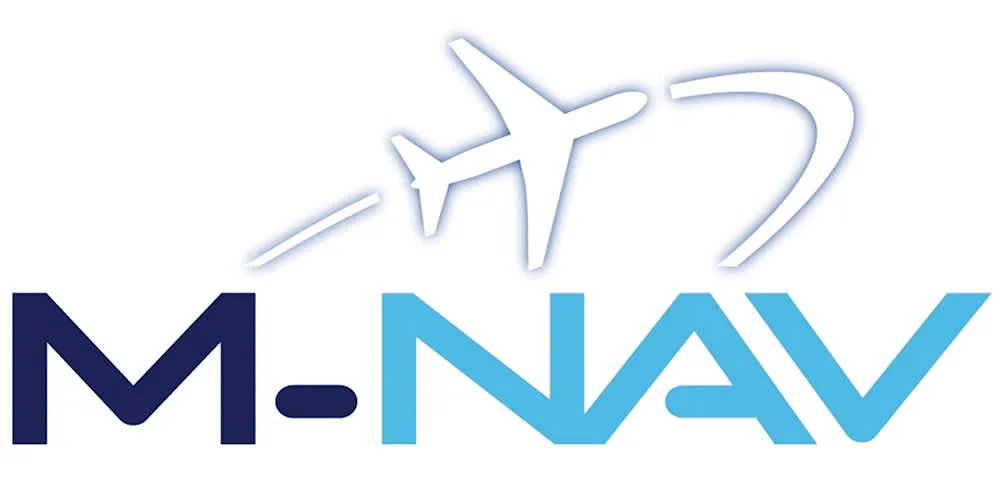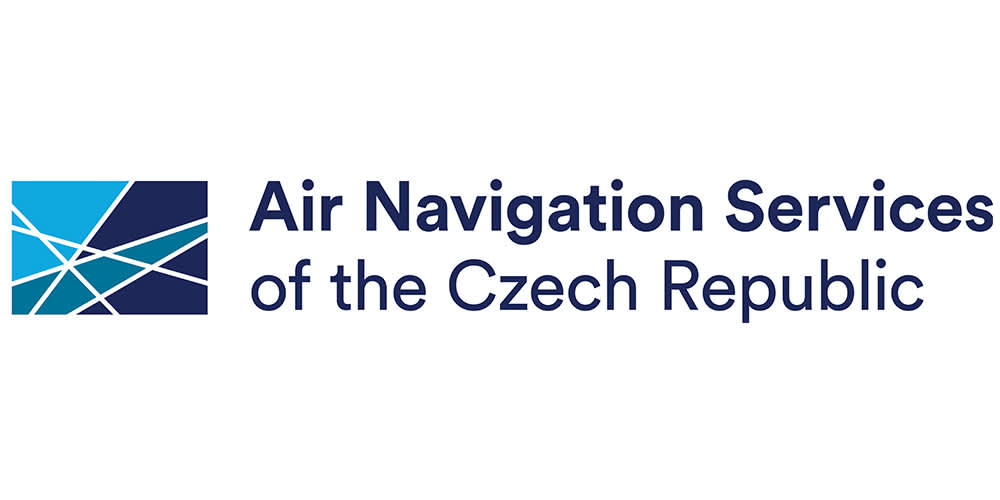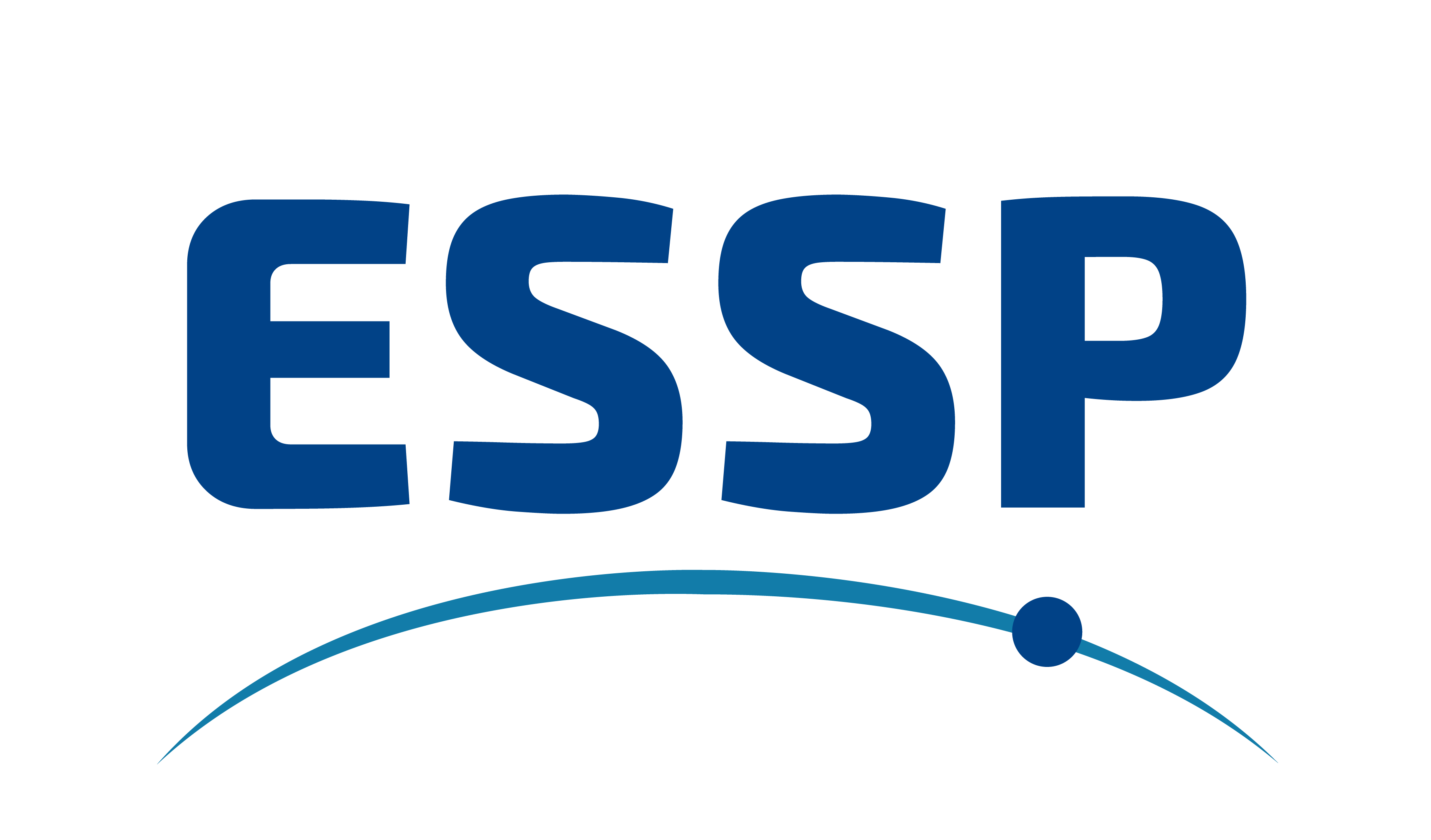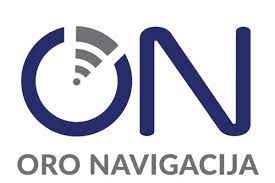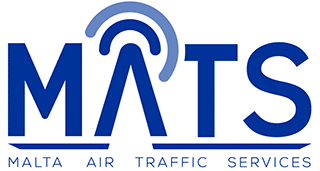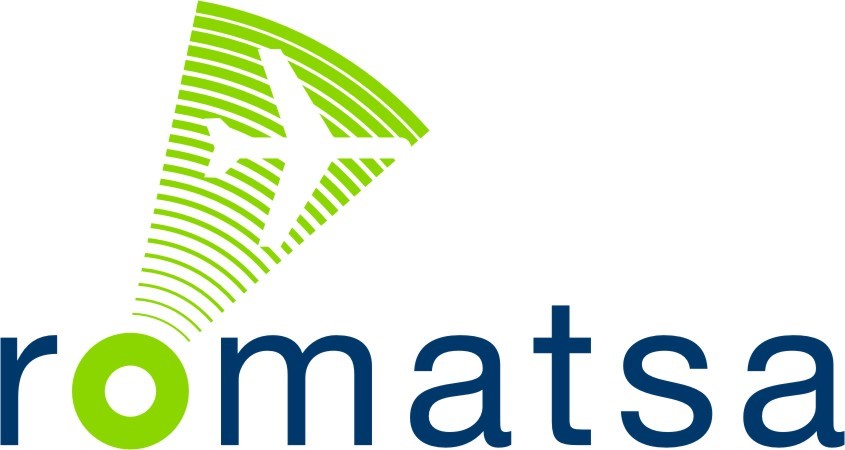
The Common Project One (CP1) mandate is no longer just a concept—it’s a commitment.
The European Commission has mandated that all Air Navigation Service Providers (ANSPs) must support ATS-B2 applications by 31st December 2027—a pivotal step in the modernisation of Europe’s ATM infrastructure. This regulatory milestone is designed to drive a more efficient, reliable, and sustainable air traffic management system across the continent.
For Air Navigation Service Providers (ANSPs), the question is no longer if you should prepare—but how soon and how thoroughly.
Here’s a breakdown of everything ANSPs need to know and to prepare to ensure readiness for the mandate.

What exactly is the CP1 Mandate?
The CP1 mandate was born out of the transition from the Pilot Common Project (PCP), which served as a testing ground for new technological and operational ATM solutions.
While the aviation sector was deeply impacted by the COVID-19 crisis, the European Commission recognised the urgent need to accelerate ATM digitalization and environmental sustainability. After a comprehensive review of the PCP and extensive stakeholder consultation, the Common Project One (CP1) regulation was introduced. It builds on lessons learned during the PCP phase, aligning with Regulation (EU) No. 409/2013 to define mature ATM functionalities ready for synchronized Europe-wide implementation. CP1 serves as the foundation for a greener, more scalable European ATM system, with the SESAR Deployment Manager continuing to coordinate the rollout through the updated SESAR Deployment Programme.
What role do ANSP’s play in this?
CP1 is a binding regulation aimed at improving the performance and sustainability of Europe’s aviation network. ANSPs will play a central role in this transformation but must ensure timely compliance.
Five Reasons why ANSP’s need to act now
1. Support for ATS-B2 Applications is Essential
To ensure future interoperability across European airspace, ANSPs must support ATS-B2 applications, including Controller–Pilot Data Link Communications (CPDLC) and Automatic Dependent Surveillance–Contract (ADS-C EPP). These are not optional enhancements—they are firm regulatory requirements under the CP1 mandate.
2. ATM System Modernisation is Critical
Achieving CP1 compliance is inherently tied to modernising ATM infrastructure. Outdated systems will no longer suffice. Each ANSP must evaluate its current operational capabilities and plan for integration with forward-looking, scalable technologies.
3. Improved Flight Efficiency
The CP1 mandate promotes measures such as more direct routing and enhanced trajectory management, enabling aircraft to fly more efficient paths. These improvements will help reduce fuel burn, emissions, and delays—key objectives for both environmental policy and economic sustainability.
4. Greater Cross-Border Alignment
CP1 calls for harmonised implementation across European borders. That means European ANSPs must work in step with counterparts across the region to align procedures, systems, and timelines—ensuring consistent service delivery and operational safety.
5. Regulatory Deadlines Are Fast Approaching
With the final implementation deadline of 31st December 2027 on the horizon, the window for preparation is narrowing. Delayed adoption risks not only non-compliance but potential disruptions to operational continuity.
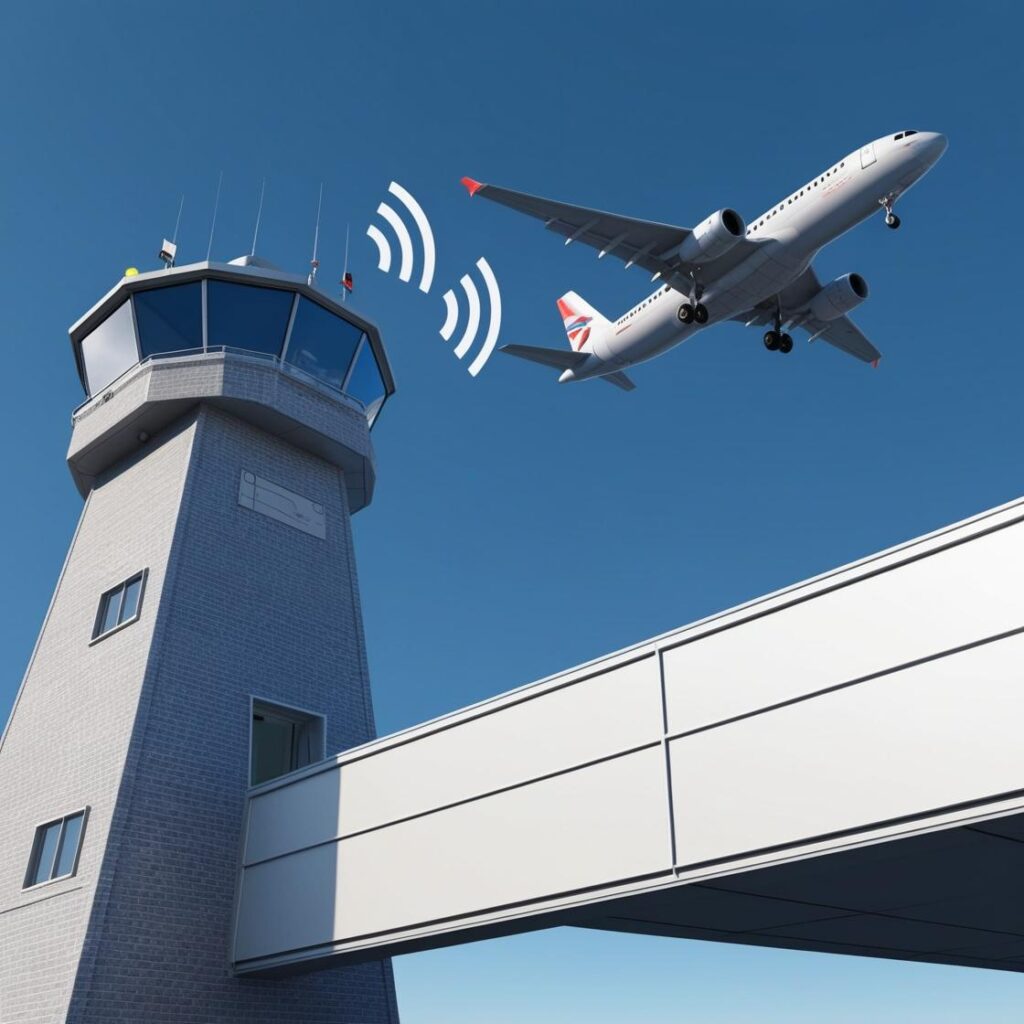
What ANSPs should do next?
- Conduct a Readiness Assessment: Review your current infrastructure and capabilities against CP1 requirements.
- Engage Technology Partners: Work with vendors like ourselves here at Airtel ATN that understand SESAR deployment and CP1 compliance.
- Plan for Training and Change Management: New systems and procedures require prepared personnel.
How can Airtel Help?
Upgrade your ATN Router: The ATN router provides the ATN communications path between the ANSP ATM domain and the Communication Service Provider (CSP) domain. Existing routers can connect ATN-B1 and ATS-B2 End systems.
Upgrading to ATN Routers ensures that you have the best solution in terms of functionality, support for latest version operating system, hardened security platform, monitoring, detailed logs and ease of use.
Airtel’s ATN router is the trusted choice for ANSP and CSP. From the ARINC VDL Network and Viasat Iris network to ENAV, NAV-Portugal, AirNav Ireland, ANS-CR, HungaroControl, Bulatsa, MATS, and beyond, our routers are powering critical ground and air-ground communication systems with reliability and efficiency.
- Ease of use
- Simple configuration
- Support for latest operating system and security hardened platforms
- Deployed in dedicated platforms or virtual environment
- Simple integration with your existing Data Link infrastructure
- Detailed daily logs that easily integrated with Airtel Protocol Decoder
Upgrading to ATN Routers ensures that you have the best solution in terms of functionality, support for latest version operating system, hardened security platform, monitoring, detailed logs and ease of use.
Upgrade your Data Link Test Capabilities: Airtel’s B2 Ready Test Tools are built to support comprehensive testing for ATN B1 and ATS B2 (Rev A & B) compliance and certification. Designed for both manual and automated environments, the suite enables full emulation of ATN networks, scalable simulation of up to 1,000 aircraft, and robust message generation and validation. With support for CM and CPDLC services, ADS-C contracts, and a wide range of error scenarios, our tools ensure precise, script-driven testing that meets the latest ED-110B and ED-229 standards.
Need Help Getting Ready?
CP1 compliance doesn’t have to be overwhelming. Our team at Airtel ATN specialises in supporting ANSPs through every stage of the CP1 transition—from technical consultations to deployment assistance.
Why Airtel?
Experienced: Airtel Test Equipment are the de-facto industry standard for testing and validating ATN implementations.
Proven Technology: 24 ANSP’s in Europe have used Airtel Test Equipment to validate ANSP Data Link systems.
Reach out to our Sales team today.



